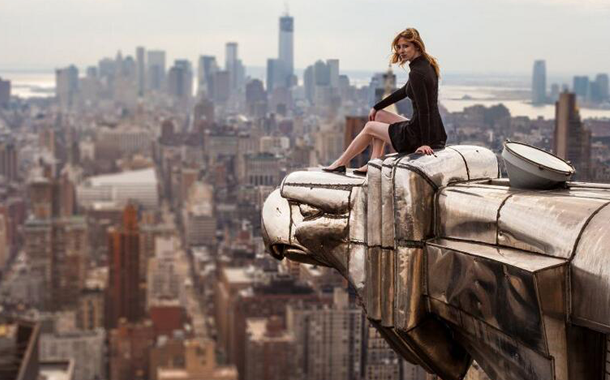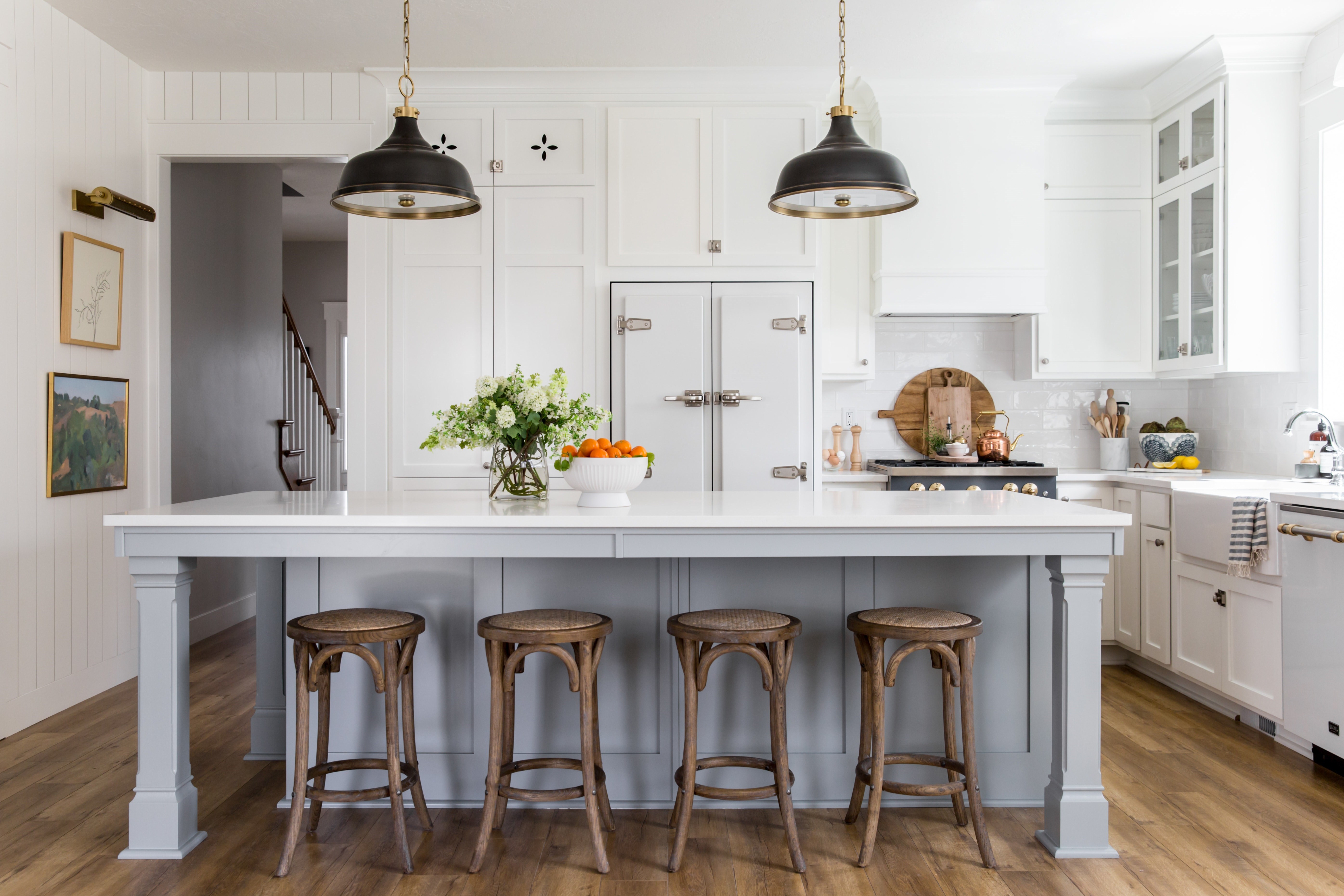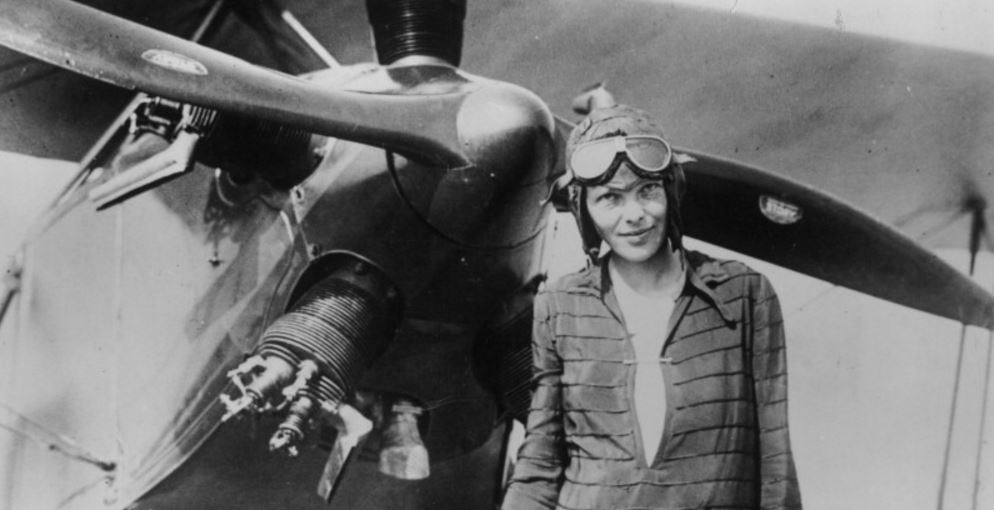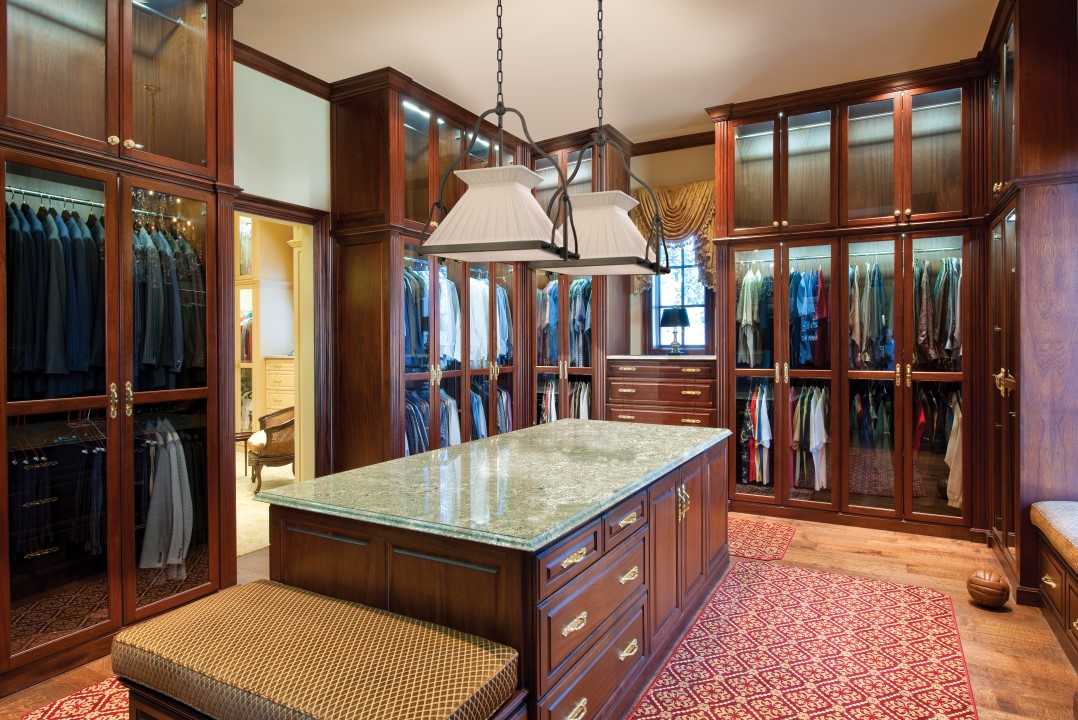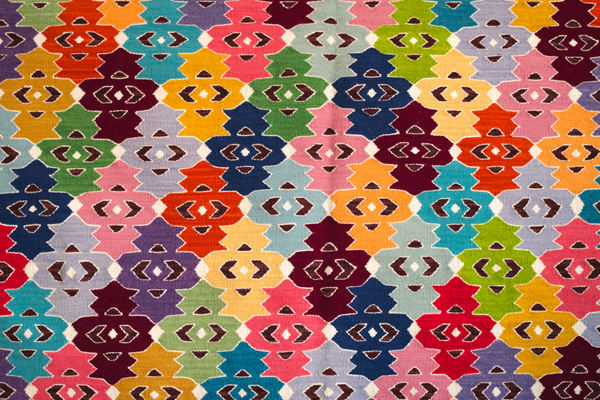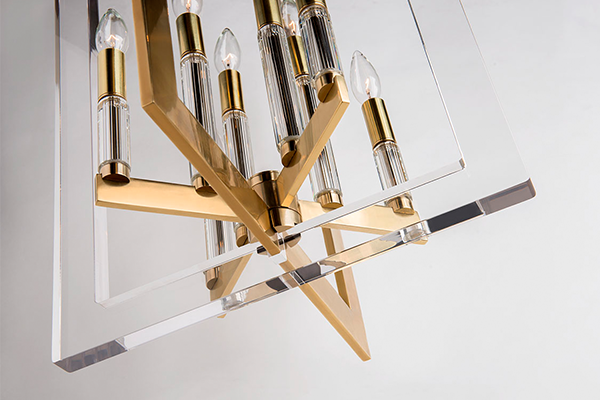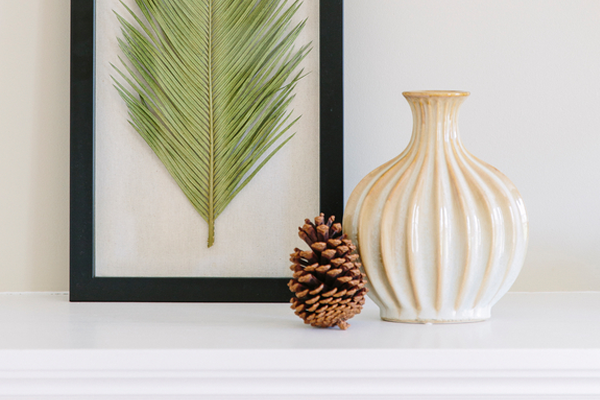
When Baz Luhrmann and his wife Catherine Martin came out with a new film adaptation of one of America’s most classic novels, The Great Gatsby, it may have been at first surprising. Luhrmann’s only movie since the completion of his fantastic Red Curtain Trilogy—Strictly Ballroom, Romeo + Juliet, and Moulin Rouge—was the abysmal Australia, though an Alexander movie with Leonardo Dicaprio had been planned and scrapped after the failure of Oliver Stone’s take on the same subject around the same time as Troy, which lead studio executives to feel people had reached their saturation point with sandal-and-sword epics for the time being. But Gatsby is a failed, doomed love story, which he finds very attractive. The key, it would seem, is the room the novel allows for spectacle, which is where he and his wife excel—spectacle that was sorely lacking in the dry Redford version of the seventies. The novel sets the mind reeling with its Jazz Age imagery, set in the heady, hedonistic ascent of Art Deco, with the economic collapse of the thirties rumbling just ahead in the future, like an ominous car idling in the drive.

In 1925, Paris hosted Exposition Internationale des Arts Décoratifs et Industriels Modernes. A prominent style emerged in this international showing. Distinctive and recurring features included Egyptian inspiration, a love of gold (especially paired with black), reliefs in architecture, stunning and energetic deployment of geometric forms, fern motifs, classical muscular bodies (often nude or nearly so) in elegant repose or noble struggle, ancient Greco-Roman symbols, contrasts of round curves and edgy angles, and layered fanning lines. The look of a generation was born and codified. Not until 1966 was this look given the appellation of Art Deco, from the fair at which it made its presence known and felt, in a book on the subject.






Representative works and rooms from artists and designers at the Expo in Paris, 1925
For a lot more, see our Pinterest Art Deco Delight board.
France’s own contribution was heavily reliant on the work of one furniture-maker who became one of the principal progenitors of the Art Deco Style: Jacques-Emile Ruhlmann. According to design website The Red List, “The French decorator was rapidly remarked from 1913 as the creator of luxurious furniture freed from Art Nouveau's floral ornamentation and 19th century heaviness. From 1920, he edited refined geometrical objects and furniture featuring elegant and pure lines and harmonious volumes. He added precious adornments made of ivory, marquetry, shagreen and shell that made him the equal of the greatest cabinetmakers and appointed him as the 'Riesener of Art Deco'. Unfortunately, the 1929 economical crisis would be fatal to the designer who admitted that 'fashions don't start among the common people. Creation is expensive'; his highly costly pieces would not meet with a new taste for industrial design.” But at the moment he arrived in 1925, Art Nouveau had runs its course. Like anything around that long and displayed that prominently, it wore out its welcome. Something fresh was needed to meet the dynamism and industrial energy of this new age.

"Iowa City Press Citizen Bldg" by Bill Whittaker
Drawing from older wellsprings of inspiration, tapping into a deliciously forbidden realm of pre-Christian mythology and the magical thinking inherent in it, Art Deco design helped shake off the tired style of the day. Europeans and Americans drew on Egypt, Mesoamerica, antiquity/the classics, East Asia, and Africa, mining these cultures for iconic images, tropes, symbols, and motifs and weaving them into a new style. Adding to these disparate sources of inspiration was the rise of the Machine Age. The relief above is emblematic. From the four corners, land, sky, and sea, come rushing machines that carry us boldly and powerfully into the future. While some of this was only the freshness of a new look, some of it tied into social phenomena. The gears of the Machine Age are turning in the lower left corner. Rounded curves such as the globe, the sea-caps, and the snouts of the blimp and plane are contrasted with the hard and jagged edges of mountains, speedboats, and lightning. In the upper right corner, the dove is flying in with the leaf in her mouth alluding to the flood being over in the book of Genesis. The point is clear: World War I is behind us and we are entering a great time of peace, success, and advancement. Optimism is well-founded. The working man has a heroic part to play in the building of this dream.
The Victoria & Albert Museum in the UK notes that,”unlike its functionalist sibling, Modernism, [Art Deco] responded to the human need for pleasure and escape.” Perhaps this accounts for its resurgence today. In the wake of World War I, Paris was trying to reposition itself as the shopping capital of the world and the epicenter of good taste. The plan worked. Exoticism and eroticism mingled in a new atmosphere. The thrill of the pagan past whispered from reliefs, murals, and other artworks. Expatriate writers gathered and formed friendships we still read about today; Paris in the 1920s still evokes such associations of glamour and good company that recently movies have been made on the subject. While the American economy soared in the twenties, the Paris of the time has been mythologized as a time where, even penniless, one could he happy.

Art Deco looked backward every bit as much as it looked forward. Designers went to the very roots of western civilization, with architects using ionic columns like those used in the temples of Ancient Greece and artists rooted around in the potent wealth of mythology from the same period. This use of historical forms and models elevated new buildings and freed people from Victorian strictures. Its severance from the excess of the Victorian period is not as cut-and-dry as one might suppose, though. The Victorians were also interested in the offshore and the antique. Greek models also served, in architecture, along with Gothic and medieval influences. The mindset of the time was tied up in Great Britain’s identity as imperialist force. Items and inspirations from India, China, and Japan could certainly be detected. Nationalistic pride at the expanse of their empire along with a desire to display their family’s upward mobility were indicated by the presence of such worldly goods and designs in a Victorian family’s parlour.
The regulations for entering Paris's 1925 exhibition emphasized "modern." America declined, saying they had nothing modern to offer. However, the aftereffects of the Expo could be felt for a decade or more afterward in the United States. The V&A Museum states that "there were many novel designs, but designers and manufacturers were reluctant to abandon tradition altogether. Nevertheless, whether the exhibits were 'modernised traditional' or 'modernistic' in character, they helped establish the themes and formal repertoire of Art Deco. The exhibition had an immediate and worldwide impact."

The Mask of King Tutankhamun
One of the most significant events to shape Art Deco was the discovery of of the tomb of King Tutankhamun in 1922. Egyptomania swept the world, and western art and commerce was impacted by the discovery. Fashion especially was set afire by the excavation. The Telegraph, in an excellent article on the phenomenon, identifies a deep reason: the impact of the First World War.
The vulnerability of this pharaoh who had died while still an adolescent moved a public coming to terms with the loss of so many young men on the Western Front.
An article published in The New York Times in 1923 confirms that people at the time viewed the story of Tutankhamun through the prism of the Great War: "As the objects have been brought out, spectators have remarked that, from the manner in which they were bandaged and transported with almost tender care on the stretcher-like trays, they reminded on of casualties being brought out of the trenches or casualty clearing stations."
Howard Carter, the man who made the discovery, acknowledged this, but went further to say that a cultural ennui with news of all the post-war tidying—reparations, conferences, mandates, balancing of books—may have caused the discovery to electrify everyone as it did. However, he also pointed out that most people love the idea of buried treasure (a truth that stands out when one considers eighties hit movies like The Goonies, Indiana Jones and the Temple of Doom, Romancing the Stone, etc). It is interesting, given this dark undercurrent, that Tut and his uncovered treasures came to be associated with “the glamour and excitement of a raucous world letting its hair down and trying to forget the war,” as the Telegraph puts it.
Of course, it is the Art Deco age’s ambassador (who perished but two years after it did), its principal poet and scribe, F. Scott Fitzgerald, who puts it best, already looking back in November of 1931, writing, “It is too soon to write about the Jazz Age with perspective…Yet the present writer already looks back to it with nostalgia. It bore him up, flattered him and gave him more money than he had dreamed of, simply for telling people that he felt as they did, that something had to be done with all the nervous energy stored up and unexpended in the War.”

Hudson Valley Lighting Albion
Universal want, global media coverage, and industrialized mass production all combined to capitalize on Egyptomania. But it wasn’t just the kids rocking Tut-inspired looks. “The pylon, the winged scarab, the cavetto cornice: all of these appear in Art Deco architecture,” Ghislaine Wood, 20th-century art and design specialist and curator at the V&A, points out. Egyptian iconography and Egyptian geometry rose to the fore. “Ancient Egyptian motifs, such as animal-headed gods, vultures, and winged scarab beetles” soon adorned everything, from brooches to the top of the Chrysler building. The scarab had many uses and significances in Ancient Egypt. Speaking generally, it symbolized transcendence and rebirth. In addition to its inherent visual stimulation, it spoke to a generation that was trying to reinvent itself after the horrors of the first World War.
Peter Collins, who curated an exhibition on the impact the discovery of King Tut’s tomb had on culture worldwide at the Ashmolean Museum in Oxford last summer, explains, “In the early 20th century a romantic fascination with distant corners of the globe, accessible only to the rich and adventurous, began to inspire designers. They looked to create a modern style by drawing on a mixture of ancient cultures from across Africa, Asia and the Americas where significant archaeological discoveries were taking place. Art Deco was born.”
To rise to the challenge of creating something new, then, designers went back to times much, much older than the Victorian era from which they were emerging, beyond Gothicism and medieval arches. But it wasn’t all ancient appropriations. Egyptian, Meso-American, and Greco-Roman antiquity were all powerful tributaries to this bold new style for this wild generation and the profligate decade of the twenties, but they weren’t the whole story. The influence of Cubism cannot be overemphasized. Cubism really took off in the first decade of the twentieth century. By 1912, the annual art exhibit Salon d’Automne in Paris displayed the Maison Cubiste, the first piece of architecture to incorporate the influence of this important art movement into the façade. Contrasting round, soft shapes with vigorous angles, fragmenting the familiar and recomposing it so it can be seen anew, Cubism's techniques and spirit informed much of the commercial art, architecture, and design that now is recognized as all part of the same movement. The techniques of Cubism collided with the Machine Age’s imagery of industry and a large part of Art Deco was born.
.jpg)
Marc Chagall, I and the Village (1911)

Jean Metzinger, Paysage Cubiste, Le Village (1911)
The movement lasted roughly two decades, the intoxicating twenties and the sobering thirties. With the economic surge of the twenties, the sky was the limit; in its final years, Walter P. Chrysler, with architect William Van Alen, decided to reach for it. As as a result, Art Deco realized its architectural apotheosis in the Chrysler Building (commenced 1928, completed 1930). To this day, the building remains one of the world's great resources of all things Art Deco. The American Institute of Architects ranked it #9 on their 2007 list of America's Favorite Architecture, New York City; two years before that, “New York's own Skyscraper Museum asked one hundred architects, builders, critics, engineers, historians, and scholars, among others, to choose their 10 favorites among 25 New York towers [with the resulting being that] The Chrysler Building came in first place as 90% of them placed the building in their top-10 favorite buildings.”
Competing to be the tallest building in the world at the same time, and not without its own Art Deco motifs, was the Empire State Building, which earned the honor eleven months after the Chrysler’s completion.

Men working on the Empire State Building
The Chrysler and the Empire State Buildings, titanically towering, are only two stand-out examples of the style, which ran across the city, scaling up walls and across ceilings. The Art Deco society notes that the guiding imagery and thoughts of the period informed all visual things, right down to mailboxes—“As architecture flourished in the 20s and 30s, Art Deco impacted all aspects of design from the façade to every element of the interior. Superb mailboxes often became the focal point of lobbies in important Deco buildings and public spaces.”


Art Deco was a total win. Buildings in this style have little difficulty getting landmarked for preservation, in comparison to those from other schools of architecture. They add a wonderful, distinctive touch to any city’s architectural range, and can be spotted across the United States and Europe. As designer Paul Bennett writes on his blog, The Curiosity Chronicles, “At its best, Art Deco represented elegance,glamour, functionality and modernity.” Since America is not that old of a country, comparatively, Art Deco buildings lend a sense of history. They remind us of that enterprising and industrious time of our past, before many and, in some cases, worse wars than the first World War. They conjure associations of a time when Americans mingled with other artists abroad and created some of our most enduring and successful culture. Art Deco reminds us of the rising and falling fortunes of Americans and that fun is always worth having, just as industry and hard work are worth celebrating. Energetic, optimistic, bold, and even at times ecstatic, Art Deco encourages us on, celebrates the nobility of our struggles, contextualizes our failures and fantasies in a rich human history, and preserves a certain cosmopolitanism and hope that nourishes something good in us.

Lucida Grange on one of the Chrysler Building's gargoyles


